Optimal Timing for Metal Roof Flashing Repairs
Metal roof flashing repairs are most effective when performed during periods of mild and dry weather. Optimal conditions include low humidity, moderate temperatures, and no precipitation, which help ensure proper adhesion and sealing of flashing materials. Performing repairs in the right season can extend the lifespan of the flashing and prevent future leaks.
Spring offers moderate temperatures and less rain, making it ideal for inspecting and repairing roof flashing before summer storms.
Early summer provides warm, dry weather suitable for repairs, but extreme heat should be avoided to prevent material issues.
Fall is a good time to address flashing issues to prepare for winter, with cooler temperatures and typically dry conditions.
Winter is generally unsuitable for flashing repairs due to cold temperatures, snow, and ice, which hinder proper sealing and safety.
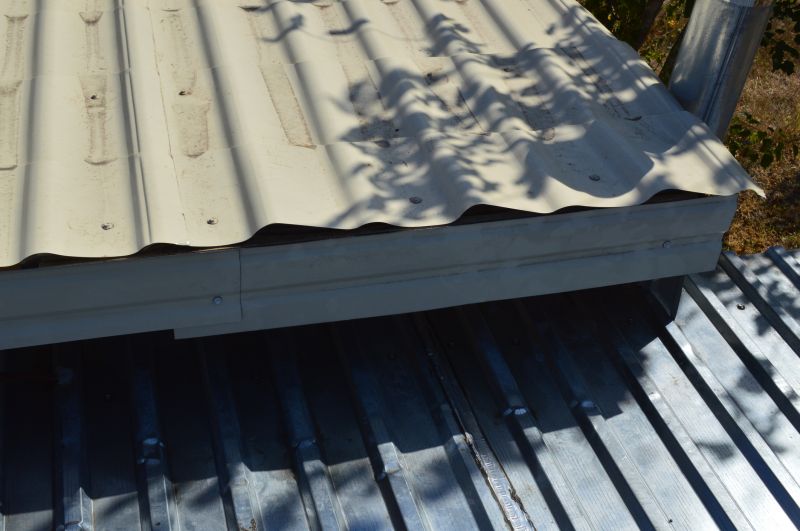
A professional inspecting flashing for damage or corrosion.

A technician applying sealant to flashing in favorable weather.
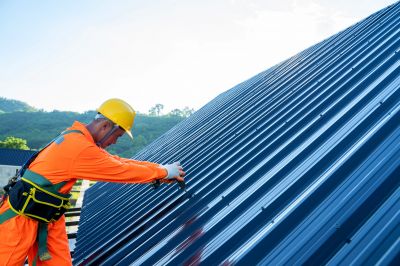
Workers sealing flashing on a metal roof under clear skies.
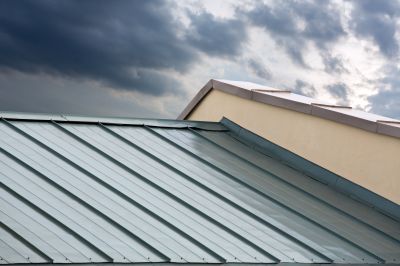
Addressing flashing issues to prevent winter leaks.
| Season | Ideal Conditions |
|---|---|
| Spring | Moderate temperatures, dry weather, low humidity |
| Summer | Warm and dry, avoid extreme heat |
| Fall | Cool temperatures, dry conditions |
| Winter | Cold, snow, ice, generally unsuitable |
Metal roof flashing plays a critical role in protecting a building from water intrusion. Properly installed and maintained flashing prevents leaks, corrosion, and structural damage. Regular inspections and timely repairs can significantly extend the lifespan of a metal roof. Statistics indicate that poorly maintained flashing is a leading cause of roof leaks, accounting for a substantial percentage of roof-related damages annually.
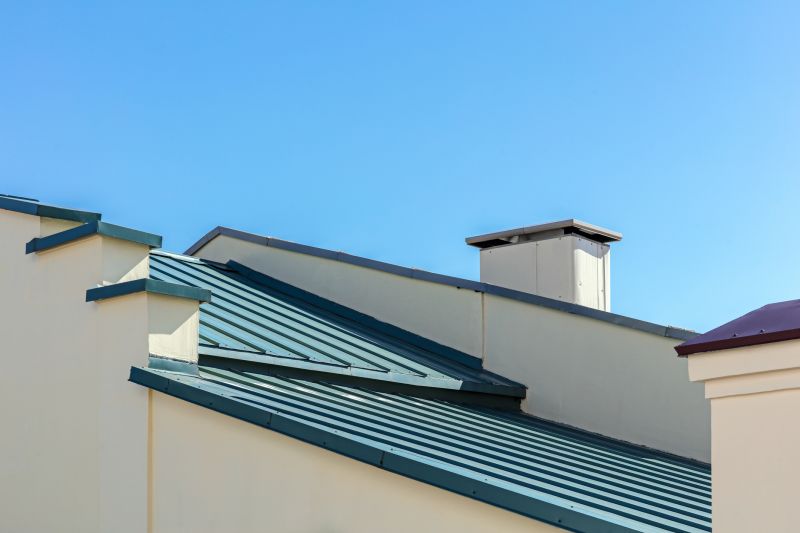
Corrosion or cracks in metal roof flashing.
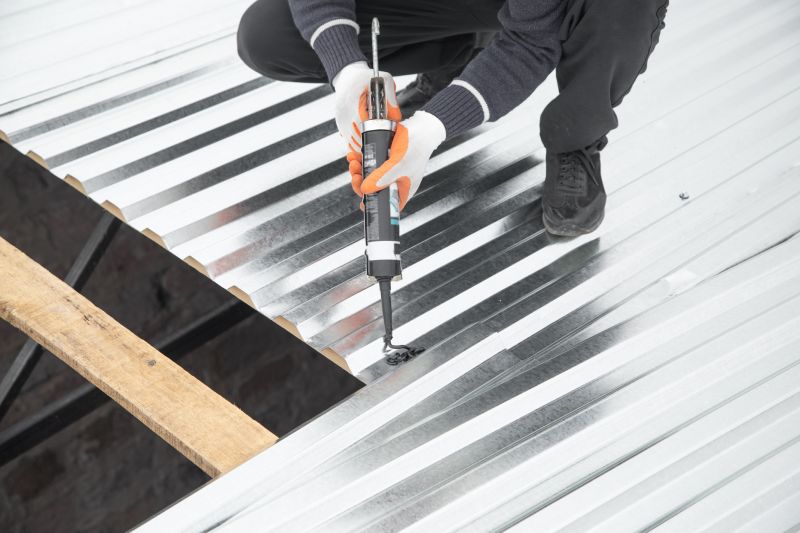
Applying sealant to ensure a watertight seal.

Removing old flashing and installing new components.
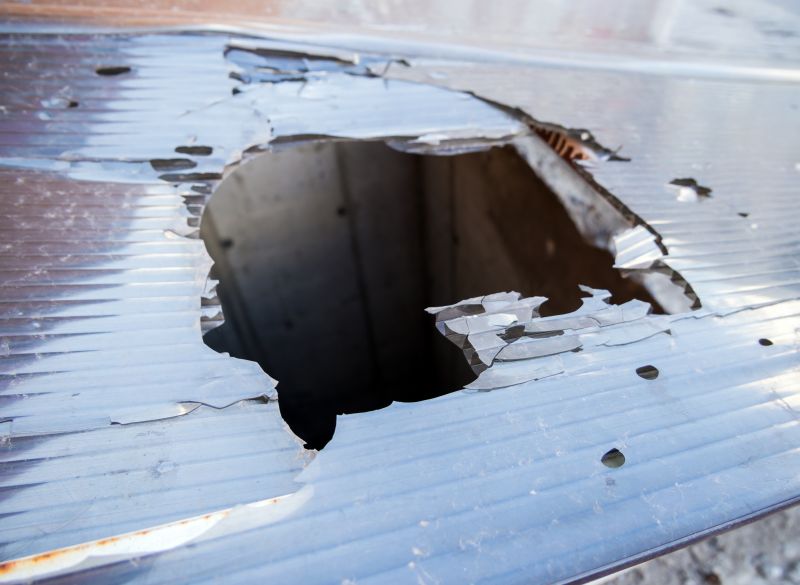
Routine checks to identify early signs of damage.
Timely metal roof flashing repairs help prevent costly water damage and extend the durability of roofing systems. Regular maintenance, especially during favorable weather seasons, ensures that flashing remains secure and effective. If signs of damage or corrosion are detected, addressing them promptly can avoid more extensive repairs and preserve the integrity of the roof structure.
Look for rust, cracks, or loose flashing around joints and edges.
Prevent leaks, reduce long-term costs, and maintain structural integrity.
Regular assessments help identify issues early for effective repairs.
Different metals require specific repair techniques for longevity.
Interested in metal roof flashing repairs? Filling out the contact form can provide access to professional assessments and tailored solutions to ensure the longevity and performance of roofing systems.
